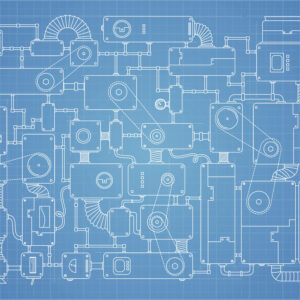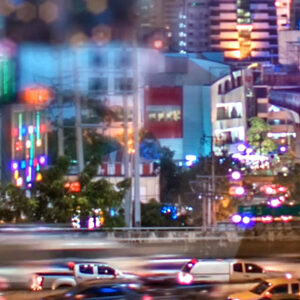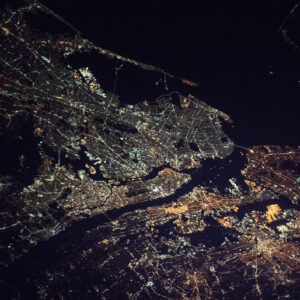![Handling Aliasing through Pointers in SPARK]()
Handling Aliasing through Pointers in SPARK
As I explained in a blog post a couple of years ago, pointers are subjected to a strict ownership policy in SPARK. It prevents aliasing and allows for an efficient formal verification model. Of course, it comes at the cost of restrictions which might not be applicable to all usage. In particular, while ownership makes it possible to represent certain recursive data-structures, those involving cycles or sharing are de-facto forbidden. This is a choice, and not every proof tool did the same. For example, the WP plug-in of Frama-C supports pointers with arbitrary aliasing. If some information about the separation of memory cells is necessary to verify a program, then the user shall give the annotation explicitly. I have investigated modeling pointers with aliasing in SPARK as indices in a big memory array. I will present the results of my experiments in this blog post. We will see that, while such a representation is indeed possible modulo some hiding in SPARK, it can quickly become rather heavy in practice.



















